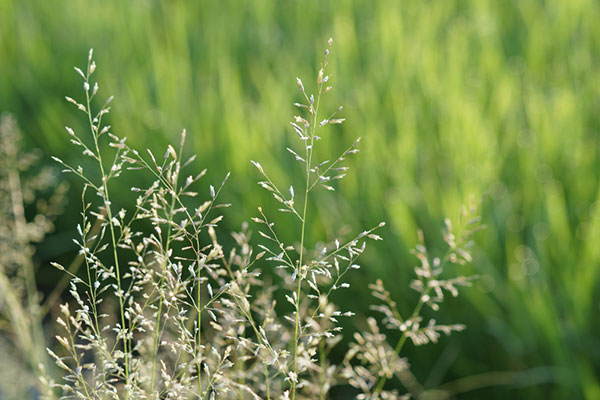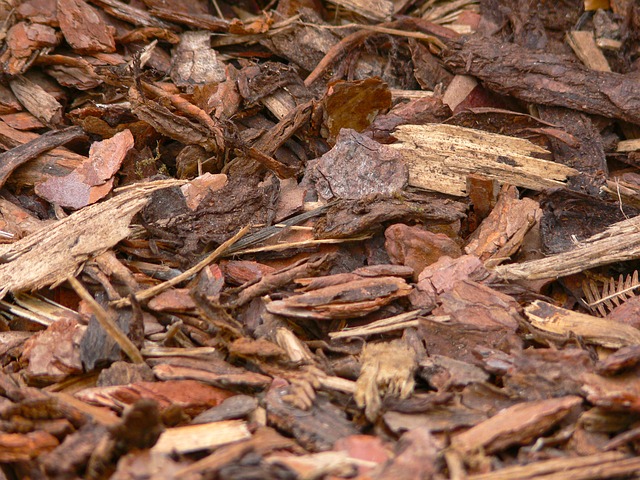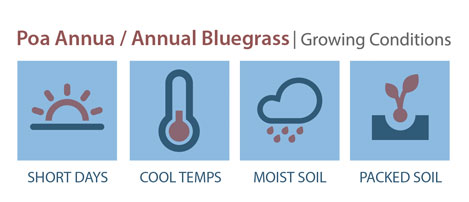
Poa annua, also known as annual bluegrass, is a grass that is classified as a weed when it grows in other grasses. As a cool season grass, poa annua will grow during the winter and emerge in the spring as temperatures warm. Knowing where to look for poa annua in your lawn will help you identify the weed and decide on a treatment path.
Use this guide to learn where poa annua grows and to figure out if you have poa annua. If you do have poa annua, read our guide on how to get rid of poa annua to treat your lawn for the weed.
In Grass

Poa annua will grow wherever grass is present. This includes lawns, side lawns, along sidewalks, and in shaded areas. If you have grass, you could have poa annua.
In Natural Areas

Poa annua will also grow in any natural area of your yard, including garden beds, in thin mulch, or beneath pine straw. Natural vegetation is also susceptible to poa annua.
In Optimal Conditions

Poa annua seeds will begin to germinate in late summer or early fall when soil temperatures drop below 70 degrees, then the weeds will emerge in the spring.
Poa annua prefers these lawn conditions to grow:
- Moist soil
- Compact soil
- Cool temperatures
Poa annua dies in the summer, leaving brown spots in your lawn. If you see poa annua in the spring or summer anywhere in your lawn, you will need to treat your lawn in the fall to prevent poa annua from returning. Read our guide on how to get rid of poa annua to learn how. Click the right arrow below to learn more.



